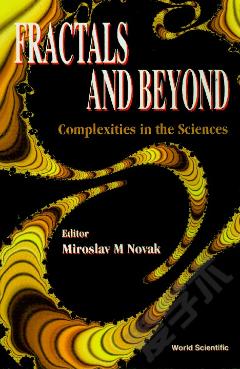Complexity Scales And Licensing In Phonology
The aim of this book is to demonstrate that, in a representation-based model, the phonological organization of speech sounds within a word is reducible to the licensing properties of nuclei with respect to structurally defined complexities which pose varying demands on the licenser. It is assumed that the primitive licensing relation is that between a nucleus and its onset (O N). There are two main types of complexities concerning the onset position. Substantive complexity is an important aspect of phonological organisation at the melodic level, while the syllabic configurations in which the onset may be found are referred to under the heading of formal complexity.At the melodic level, complexity is defined in terms of the number of privative primes called elements. The asymmetries in the subsegmental representations of consonants and vowels are shown to play a pivotal role in understanding a number of phenomena, such as typological patterns, markedness effects, phonological processes, segmental inventories, and, what is most important, the model allows us to see a direct connection between phonological representations and processes. For example, the deletion of [g] in Welsh initial mutations is strictly related to the fact that the prime which crucially defines this object also happens to be the target of Soft Mutation.The complexity at the syllabic level is defined in terms of formal onset configurations called governing relations, of which some are easier to license than others.
{{comment.content}}








 京公网安备 11010802027623号
京公网安备 11010802027623号